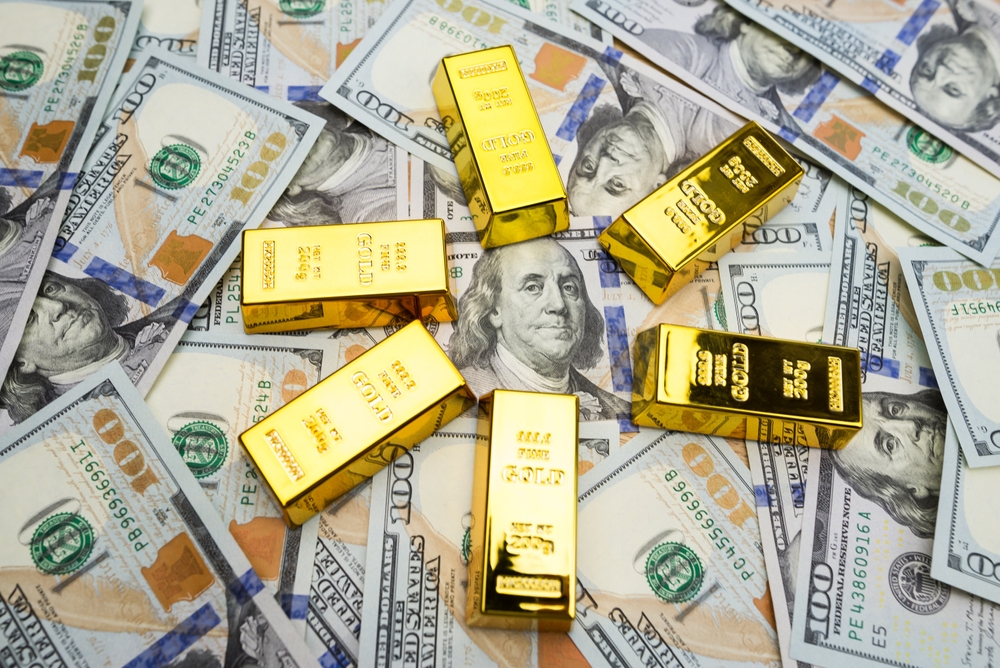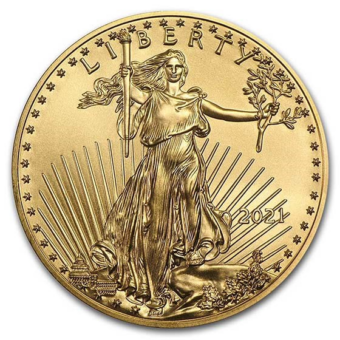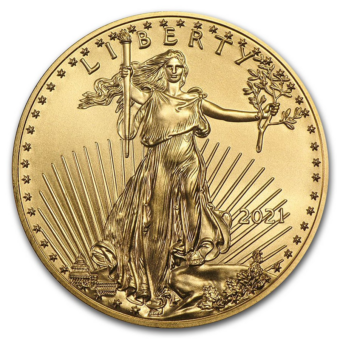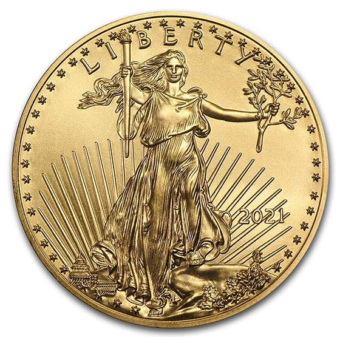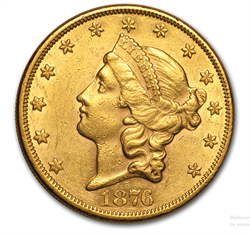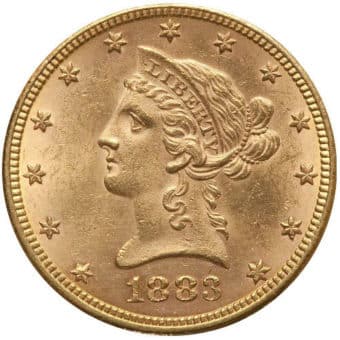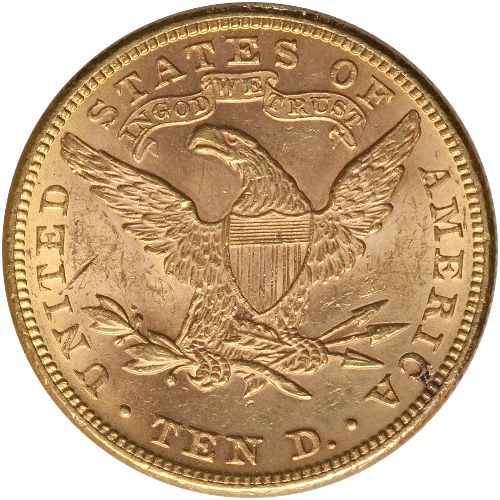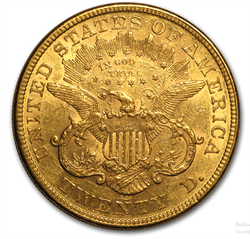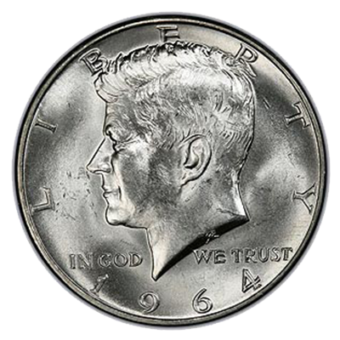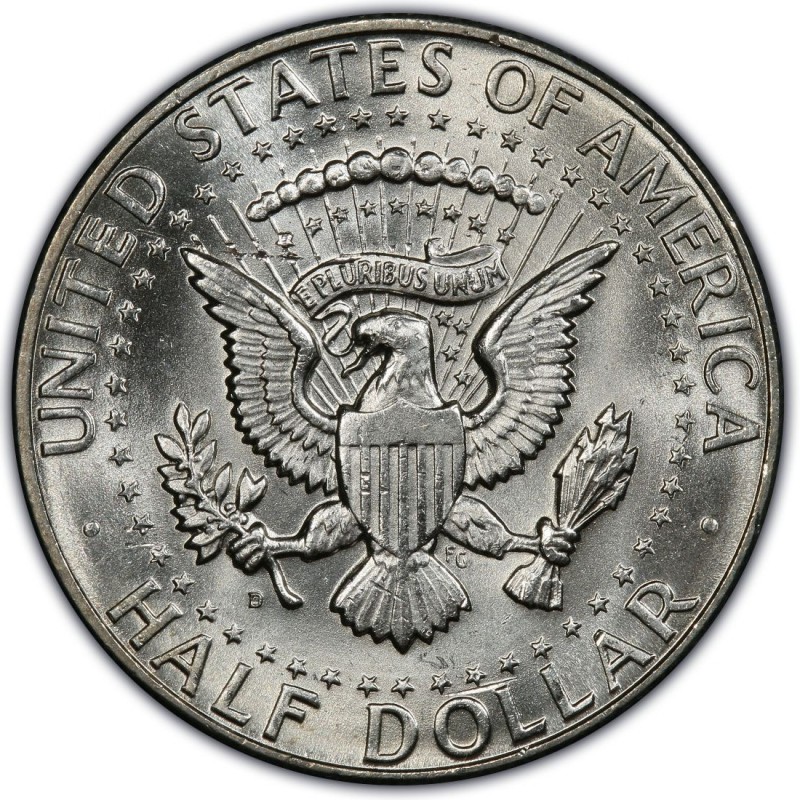A Daily Journey Through the Week's Market
Monday - 10.07.24: Gold prices dipped slightly, closing at $2,642.99 per ounce, reflecting a 0.29% decline. The stronger U.S. dollar continued to weigh on gold’s safe-haven demand, even as geopolitical risks persisted. Analysts noted that the dollar’s rise was fueled by shifting market expectations for future interest rate cuts by the Federal Reserve.
Tuesday - 10.08.24: Gold extended its losses, falling to $2,622.06 per ounce as dollar strength persisted. Revised expectations of a modest 25 basis point rate cut by the Federal Reserve in November continued to pressure the precious metal. Investors were also anticipating key inflation data later in the week, which added to market caution.
Wednesday - 10.09.24: Gold prices continued their downward trajectory, closing at $2,607.63 per ounce. The correction was driven by robust economic data in the U.S. and diminishing hopes of a larger rate cut by the Fed. Despite ongoing geopolitical concerns, the stronger dollar and changing rate expectations kept gold under pressure.
Thursday - 10.10.24: Gold saw a modest recovery, rising to $2,629.64 per ounce, as investors reacted to newly released U.S. Consumer Price Index (CPI) data. The CPI report showed a 0.4% rise in inflation for September, slightly above expectations, which reignited concerns over persistent inflation. This helped bolster gold’s appeal as a hedge against inflation, even as the dollar remained strong.
Friday - 10.11.24: Gold and silver prices are up following a tame U.S. inflation report. December gold rose $20.80 to $2,660.10, and December silver gained $0.245 to $31.485. The U.S. producer price index (PPI) for September was flat from August, below expectations. Core PPI, excluding food and energy, matched forecasts at 0.2% higher. CNBC's Steve Liesman noted no signs of inflation, which supports the Fed's plan for two interest rate cuts this year.
Inflation ticks up in September, while jobless claims reach a 14-month high
Inflation edged higher in September, surprising economists as the consumer price index (CPI) rose 0.2% for the month. Meanwhile, initial jobless claims spiked to their highest level since August 2023, signaling potential turbulence in the labor market.
Why it matters: Rising inflation and jobless claims present a mixed picture for the Federal Reserve, which has been working to bring inflation back to its 2% target while monitoring a cooling labor market. The unexpected rise in prices and unemployment claims adds uncertainty to the Fed's upcoming rate decisions.
By the numbers:
- Inflation hit 2.4% year-over-year, slightly above expectations.
- Core inflation, excluding volatile food and energy prices, rose 0.3% month-over-month, bringing the annual rate to 3.3%.
- Jobless claims surged to 258,000 for the week ending Oct. 5, up from 230,000, marking the highest figure since August.
What to watch: With inflation proving sticky in sectors like food and shelter, and jobless claims rising due to factors like Hurricane Helene and the Boeing strike, Fed officials will be closely evaluating whether to continue cutting interest rates in the coming months.
BRICS expansion set to challenge Western dominance with up to 20 members
The upcoming 2024 BRICS Summit could mark a major turning point for the global economy, as the alliance prepares to expand its membership to as many as 20 nations. This move would significantly bolster BRICS’ influence and present a direct challenge to the Western financial system, particularly the dominance of the U.S. dollar.
Why it matters:
- The potential addition of 11 new nations, including key players like Saudi Arabia, Venezuela, and Malaysia, could shift the global balance of power.
- BRICS is positioning itself as an alternative to Western-dominated financial systems, with the launch of the BRICS Pay system and a growing push towards de-dollarization.
The big picture:
- With Saudi Arabia, one of the world’s largest oil producers, joining the bloc, BRICS could accelerate moves to trade oil in local currencies, bypassing the U.S. dollar. This poses a direct threat to the petrodollar system and could significantly weaken the U.S. economy.
- The expansion of BRICS could create a dual-tiered membership structure, integrating "partner nations" into the alliance without granting full membership, allowing BRICS to grow while maintaining flexibility in decision-making.
What to watch: The U.S. and its allies are closely monitoring BRICS' expansion, which could undermine Western financial hegemony. The inclusion of oil-rich nations could lead to a new era of global trade conducted outside the dollar system, with far-reaching consequences for inflation, economic influence, and geopolitical power.
Gold heading to $3,000 amid global market shift, says Capitalight’s Schieven
Gold could surge to $3,000 as geopolitical uncertainty and long-term economic pressures reshape the market, according to Chantelle Schieven, Head of Research at Capitalight Research. While gold's recent rally has slowed, Schieven believes this is just the beginning of a new bull cycle.
Why it matters:
- Geopolitical tensions, particularly in the Middle East, continue to support gold as a safe-haven asset. Rising uncertainty could push gold up another 10%, potentially hitting $3,000 per ounce before year-end.
- Schieven points to broader factors like growing global debt and the weakening U.S. dollar as key drivers for long-term gold strength.
The big picture:
- Schieven argues the world is moving away from globalization, with countries seeking alternatives to the U.S. dollar. This shift will drive increased gold purchases as nations diversify their reserves.
- Rising sovereign debt levels, especially in the U.S., are also eroding the value of fiat currencies, further bolstering gold’s appeal.
What to watch: While short-term volatility could send gold to $3,000 soon, Schieven predicts it will reach that level in a sustainable bull market over time, fueled by ongoing economic and geopolitical challenges.
SEC’s crypto crackdown: A recipe for disaster
The Securities and Exchange Commission's (SEC) handling of cryptocurrency regulation is coming under fire, even from within. SEC Commissioner Mark Uyeda recently admitted that the agency’s chaotic approach has been disastrous for the industry, leaving crypto firms and investors in regulatory limbo.
Why it matters:
- The SEC has been enforcing policies without clear guidance, forcing courts to interpret crypto rules case by case, leading to a fragmented legal landscape.
- Under Gary Gensler's leadership, the SEC has weaponized its enforcement power, leaving crypto companies guessing what qualifies as a security.
The big picture:
- Crypto firms are fighting back. Both Crypto.com and Coinbase have filed lawsuits against the SEC, accusing the agency of regulatory overreach and stifling innovation.
- These lawsuits argue that the SEC has overstepped its legal bounds and pressured banks to cut ties with crypto companies, effectively choking the industry.
What to watch: Uyeda’s remarks suggest the SEC's motives may extend beyond regulation, hinting at a hidden ideological agenda. He urged the agency to provide clear guidelines for the crypto industry to avoid further chaos, but Congress appears unlikely to intervene anytime soon.
Gold may have peaked, mining stocks at risk of sharp declines – FX Empire’s Radomski
Gold prices may have already reached their top, according to financial analyst Przemysław Radomski, who warns that the relationship between bond yields and gold is often misunderstood. Despite popular belief, declining bond yields don't always result in rising gold prices.
Why it matters:
- Radomski’s analysis suggests that the recent gold rally may be over, with mining stocks, particularly junior miners, at risk of significant losses.
- Real yields, not nominal yields, have the strongest impact on gold prices, and investors should focus on this relationship rather than assuming gold will automatically rise when bond yields fall.
The big picture:
- Historical data shows that when bond yields decline but inflation falls even faster, real yields rise, and gold prices tend to drop. Radomski argues this could be the current scenario, indicating a bearish outlook for gold.
- If bond yields start to rise again, as seen in previous cycles, gold and mining stocks could face substantial declines, similar to the sharp drop experienced in 2008.
What to watch: Radomski believes the recent peak in gold prices is a “major top,” and that declines are imminent, particularly for junior miners. However, the timing may span months, making it crucial for investors to remain cautious and vigilant in the precious metals market.
TD Bank hit with $3 billion fine for enabling cartel money laundering
TD Bank has been slapped with a staggering $3 billion fine for its failure to stop drug cartels from funneling over $670 million through its accounts. This massive penalty—of which $1.3 billion goes to the U.S. Treasury—highlights severe compliance failures within the bank, leading to a systemic breakdown in monitoring transactions.
Why it matters:
- TD Bank’s negligence allowed cartel networks to launder vast sums between 2018 and 2024, with over 90% of its transactions going unchecked during that time.
- This failure has not only resulted in financial penalties but also significant reputational damage, with TD’s U.S. operations now under increased scrutiny.
The big picture:
- The bank's lack of oversight allowed three money laundering networks to use its services unchecked, facilitating drug cartels' operations. Employees even accepted $57,000 in gift cards to overlook suspicious deposits.
- As a result, TD’s stock plummeted by 6%, and the bank now faces growth restrictions similar to those imposed on Wells Fargo after its 2018 scandal.
What’s next: TD Bank is attempting to recover by hiring 700 specialists to enhance its anti-money laundering efforts. However, the bank will be closely monitored by FinCEN for four years, and its ability to expand in the U.S. is now severely limited. This fine could signal more scrutiny on other banks, as U.S. authorities intensify their crackdown on cartel money laundering through the financial system.
Stagflation fears send stocks sliding, gold surges
Inflation worries are back, and fresh CPI data is fueling the concern. Higher-than-expected inflation, led by a spike in food prices, paired with weak jobless claims—partly due to Hurricane Helene—has sparked fears of stagflation.
Why it matters:
- Rising inflation coupled with a weakening labor market has shaken the outlook for Federal Reserve rate cuts. While cuts are seen as less likely in 2024, markets are betting on deeper cuts by 2025.
- Wall Street reacted with a broad selloff, particularly hitting small-cap stocks, while gold gained as investors sought safe-haven assets.
The big picture:
- The stock market slumped, with volatility rising sharply. The VIX, often called the market's fear gauge, remains elevated as earnings season approaches and uncertainty grows.
- Despite a strong U.S. dollar, gold surged, reflecting investor concern over inflation and market instability. The 2-year Treasury yield fell slightly, while the 30-year yield climbed, steepening the yield curve—an early warning of persistent inflation risks ahead.
What to watch: With Tesla's robotaxi event and upcoming earnings reports, volatility is likely to persist. Traders remain on edge, grappling with the mixed signals from inflation and a weakening labor market, which could force the Fed’s hand on future rate cuts sooner than expected.
Next Week’s Key Events
Monday, Oct. 14
Tuesday, Oct. 15
- 8:30 am: Empire State Manufacturing Survey (Oct.)
- 1:00 pm: Fed Governor Adriana Kugler speaks
Wednesday, Oct. 16
- No reports
Thursday, Oct. 17
- 8:30 am: Initial Jobless Claims (Week ending Oct. 12)
- 8:30 am: U.S. Retail Sales (Sept.)
- 9:15 am: Industrial Production & Capacity Utilization (Sept.)
Friday, Oct. 18
- 8:30 am: Housing Starts & Permits (Sept.)
- 12:10 pm: Federal Reserve Governor Christopher Waller speaks
IMPACT ON PRECIOUS METALS MARKETS
Federal Reserve Speeches (Christopher Waller and Adriana Kugler) Federal Reserve officials' speeches can have a significant impact on gold and silver markets due to their influence on monetary policy expectations. If speeches hint at changes in interest rates (e.g., more hawkish tones suggesting rate hikes), gold and silver prices might drop, as rising rates strengthen the dollar and increase bond yields, reducing the appeal of non-yielding assets like precious metals. Conversely, dovish tones that suggest lower rates or a pause in hikes could lead to an increase in gold and silver prices.
Empire State Manufacturing Survey (Oct. 15) This survey provides insight into the health of New York’s manufacturing sector. A strong report can indicate robust economic growth, potentially leading to higher interest rates and a stronger dollar, which can pressure gold and silver prices. On the flip side, a weak report may signal economic slowdown, which can boost demand for safe-haven assets like gold and silver.
Initial Jobless Claims (Oct. 17) This report shows the number of individuals filing for unemployment benefits. Higher-than-expected jobless claims can signal weakness in the labor market, increasing concerns about economic instability, which may boost gold and silver prices due to their safe-haven appeal. Lower claims suggest a stronger labor market, which can negatively affect gold and silver as it bolsters the case for higher interest rates.
U.S. Retail Sales (Oct. 17) Retail sales data measures consumer spending, which is a key driver of economic growth. Strong retail sales can suggest a healthy economy and lead to higher interest rates, which typically depresses gold and silver prices. Weak retail sales, however, can stoke fears of an economic downturn, driving investors toward precious metals for safety.
Industrial Production & Capacity Utilization (Oct. 17) This report reflects overall production in U.S. factories, mines, and utilities, along with how fully these resources are being utilized. Strong industrial production numbers can indicate economic growth, pushing up interest rates and the dollar, which can lower gold and silver prices. Conversely, weak production can raise concerns about economic slowdown, increasing demand for precious metals.
Housing Starts & Permits (Oct. 18) Housing starts and building permits indicate the health of the housing market. Strong data can suggest economic expansion, which can put downward pressure on gold and silver as investors may expect higher interest rates. Weak data, signaling a slowdown in the housing sector, could push gold and silver prices higher as investors seek safety.


